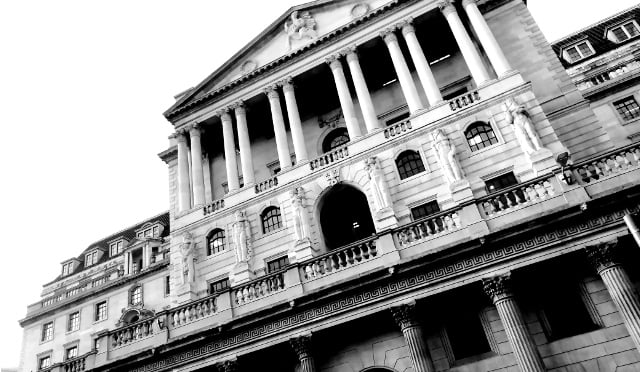Inflation is getting hotter and hotter. UK inflation rose to 2.5% in June from 2.1% the previous month, smashing expectations and in the process likely to increase the pressure on the Bank of England to tighten monetary policy.
It’s even hotter in the US, with headline CPI print hitting 5.4%, whilst the month-on-month registered its highest jump since June 2008. Core readings were particularly strong with the annual rate rising to 4.5% – a 30-year high – from 3.8% on a very aggressive month-on-month read. It’s becoming evident it may not be as transitory as the Fed thought it was going to be. It might not last forever but the Fed might just be minded to think that a taper announcement in Aug/Sep would be a prudent step.
You can explain some of it away from base effects from last year, but the core month-on-month number hit +0.9% and is accelerating. A large chunk of that was down to used cars and truck prices (+10.5% mom) and this shouldn’t continue for much longer, but it nevertheless underlines fears inflation is racing away faster than the Fed wants to run at.
On used cars, the semi shortage could go on for longer so that needs to be considered – second-hand cars were singled out by the ONS in the UK data, too. The Fed and Bank of England will hope that the hot readings are a summer heatwave driven by parts of the economy that were essentially shut down last year – travel, eating out, etc. Indeed US month-on-month food away from home rose 0.7% – the biggest jump in 40 years. Perhaps you can go out to dinner more than once a night, Jay.
Have we passed peak growth?
BofA’s July Global Fund Manager Survey pointed to the passing of peak growth, noting that investors are much less bullish on growth, profits and yield curve steepening, which has led them to unwind “junk>quality, small>large, value>growth trades back to Oct’20 levels”.
They note that the cyclical “boom” has peaked with July growth expectations 47%, down from 91% peak in Mar 2021, while global GDP & EPS readings indicate macro momentum is at its weakest since the third quarter of 2020. They also say that fiscal optimism is fading with survey expectation for US infrastructure stimulus down to $1.4tn, from $1.9tn in April 2021. But on inflation fund managers are not so worried – the percentage of investors predicting higher inflation is at 22% from 93% in April.
Market reaction to inflation
Anyway, enough buy-side ramblings, back to the market reaction. The CPI print sent the dollar up and stocks lower initially, but bond yields didn’t do much and both pared their respective gains/losses. Nasdaq futures dropped sharply but the composite was back at a fresh record high within an hour of the opening bell and the S&P 500 followed half an hour later.
By the close however, the 10 year yield had jumped over 4 basis points to cross 1.4% and the major indices ended the day a little lower on the session. The market seems to be saying that higher inflation means earlier tapering/hiking chance of taper & hikes, but longer-run rates will be lower. This means a flatter curve and a riskier backdrop for the Fed to land this fighter jet on the aircraft carrier. European stock markets opened lower in early trade on Wednesday.
Are we still in the transitory phase?
Key question: are we still in the transitory phase? There was an interesting note from Citibank about how the data will get more interesting from here on out. “June could be the last month where CPI is overwhelmingly driven by “transitory” factors, meaning the coming months of CPI data should again give us new information on the path and underlying trend of inflation.”
San Francisco Fed president Mary Daly said she expected the pop in inflation, and they should be in a good position to start tapering by the end of the year. I think with this print it’s very clear we get the Aug/Sep taper announcement. In fact I think the way the inflation readings have been the last three prints, it’s a nailed-on certainty.






















